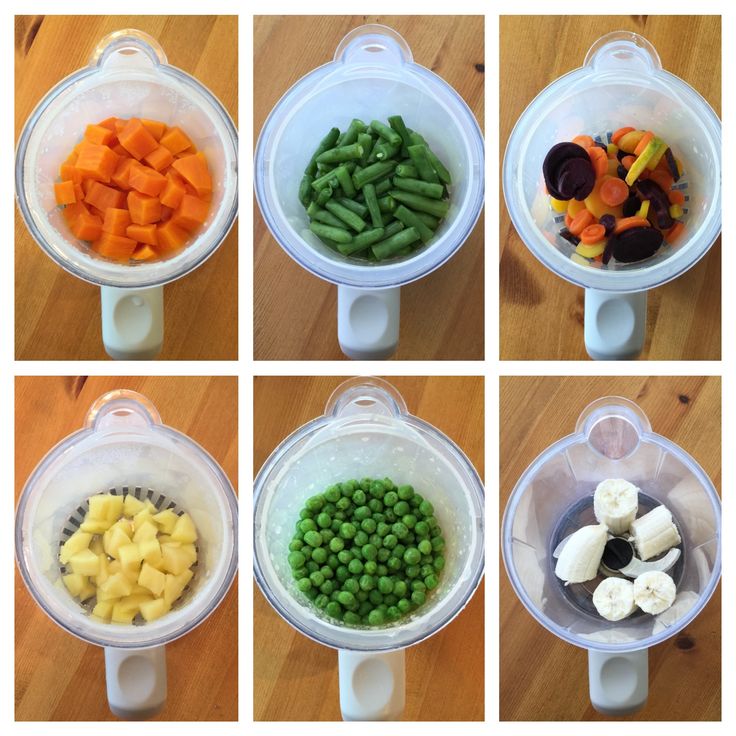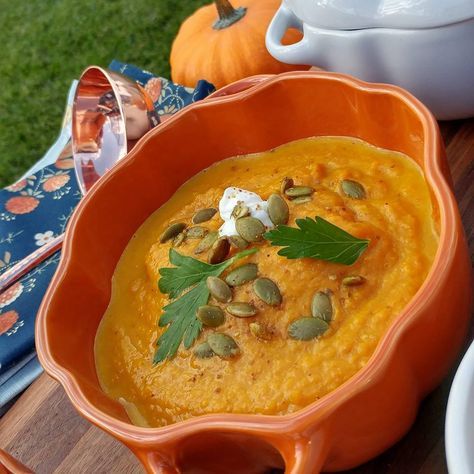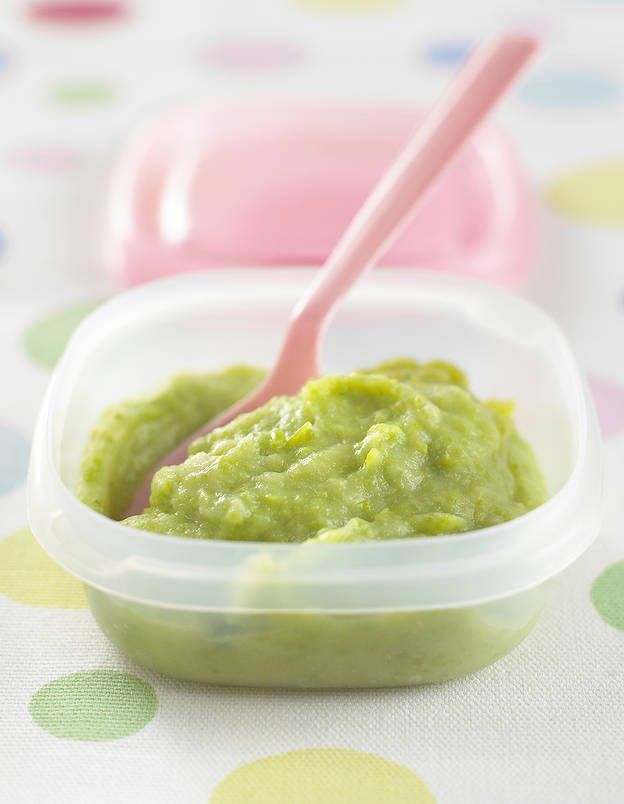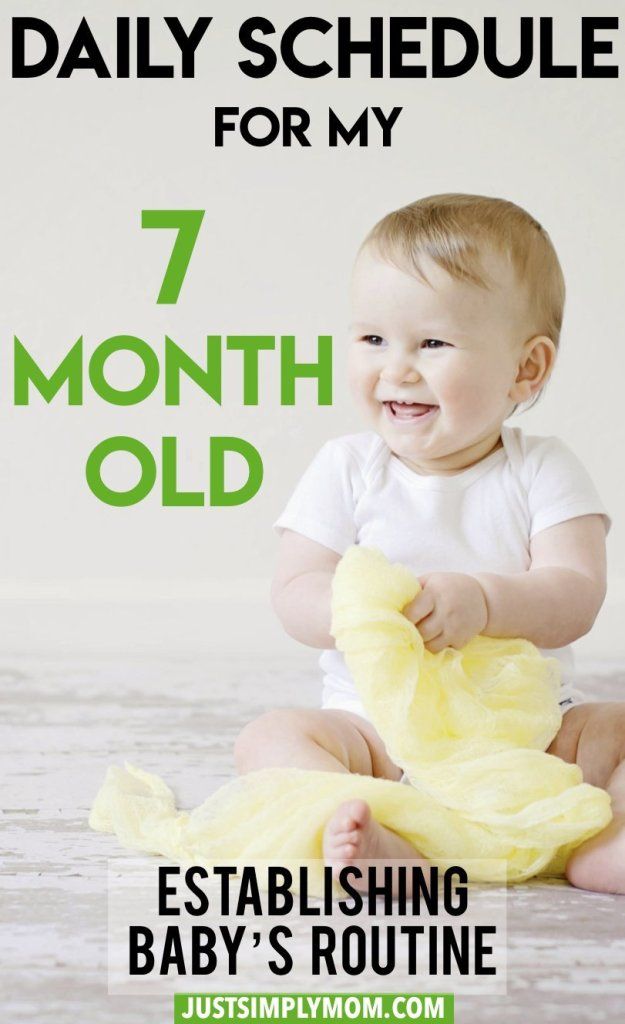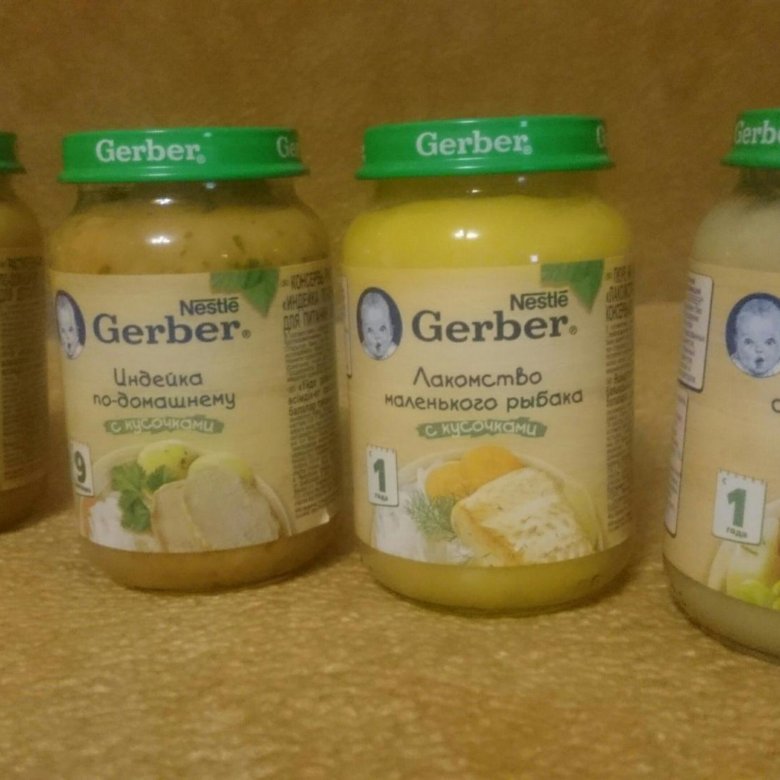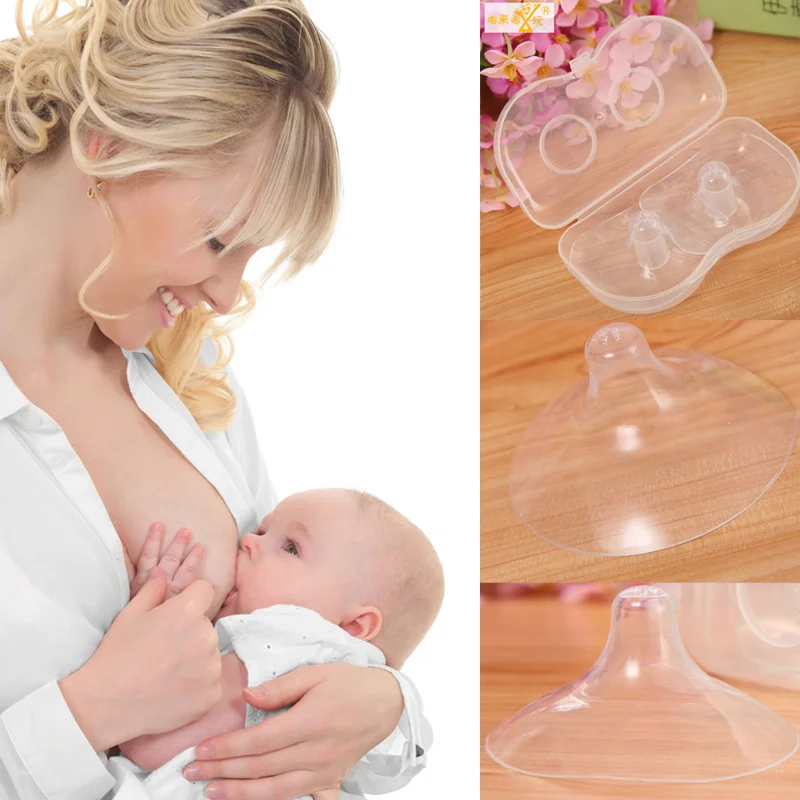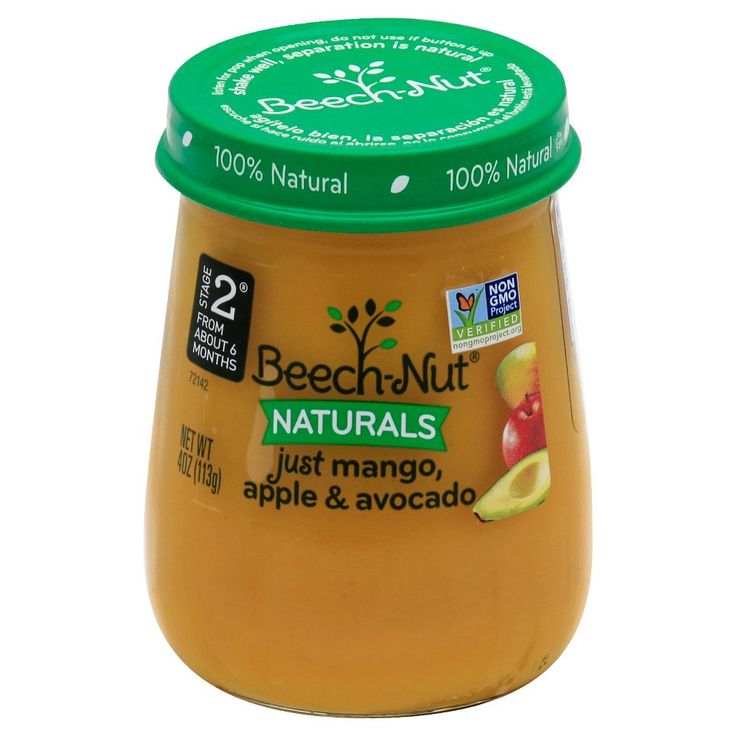Seasoning homemade baby food
Baby food flavors: Using spices and seasoning in baby food
Baby food doesn't have to be bland – in fact, spices and seasonings are encouraged. The more variety, the better, to expand your baby's tastes. You don't have to make separate food for your baby – little ones can eat what the rest of the family is eating, as long it doesn't contain added sugars.
Many babies are ready for solid foods by the time they're around 6 months old, and parents often turn to such traditional first foods as infant cereals and other bland fare. Plain food isn't necessarily bad for babies, but too much of it can deprive them of important nutrients and may make them less likely to accept different textures and flavors. According to the American Academy of Pediatrics, it's important to offer your baby a variety of healthy foods.
So how do you get your baby to eat a variety of food from an early age? Here's the latest thinking on how to raise an adventurous eater.
Use spices for baby food
While babies throughout the world are dining on complex, flavorful cuisine, many babies in the United States are gumming plain, tasteless mush. The reasons we continue to serve babies bland food are open to debate, but one thing is certain – they're not based on research. In other words, a culinary walk on the wild side won't hurt your baby in the slightest.
And breastfed babies have actually walked that way already: Breast milk takes on the flavors of the food the mother eats. So if you dine at your favorite Indian restaurant and then nurse, your baby will also enjoy the taste of an Indian meal.
So toss some rosemary in with that squash, liven up that chicken with a dash of cumin, and give those mashed potatoes a kick with a blend of paprika and parsley. You may be surprised by your baby's reaction.
Contrary to popular belief, you don't need to banish hot spices from the highchair tray either. Of course you'll want to steer clear of anything that could irritate your baby's skin or mouth (so no habaneros yet), but there's no harm in letting your baby try mildly or moderately spicy food. For example, milder chiles, such as Anaheims and poblanos, add flavor without causing pain.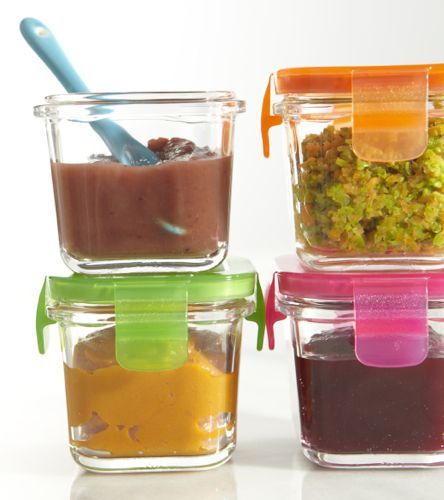 If anyone raises an eyebrow, just say that babies in other parts of the world thrive on spicy food.
If anyone raises an eyebrow, just say that babies in other parts of the world thrive on spicy food.
Cooking with herbs and spices is a great way to expand your baby's palate, but skip the sugar (see next tip) and salt when preparing food for your little one. Not only are they unhealthy, but they can also lead to poor eating habits and health problems, such as obesity, diabetes, and heart disease in childhood and later in life.
Avoid added sugars
Sugars that exist naturally in foods, such as the fructose in an apple or the lactose in cheese, are fine. But watch out for added sugars. These are sugars or syrups added to foods or beverages when they are processed or prepared. These are products like corn syrup, dextrose, maltose, and sucrose.
The U.S. Department of Agriculture and the Department of Health and Human Services recommend that children younger than 24 months not consume any added sugars.
You likely won't have problems with jarred baby food or whole-food purees you make at home.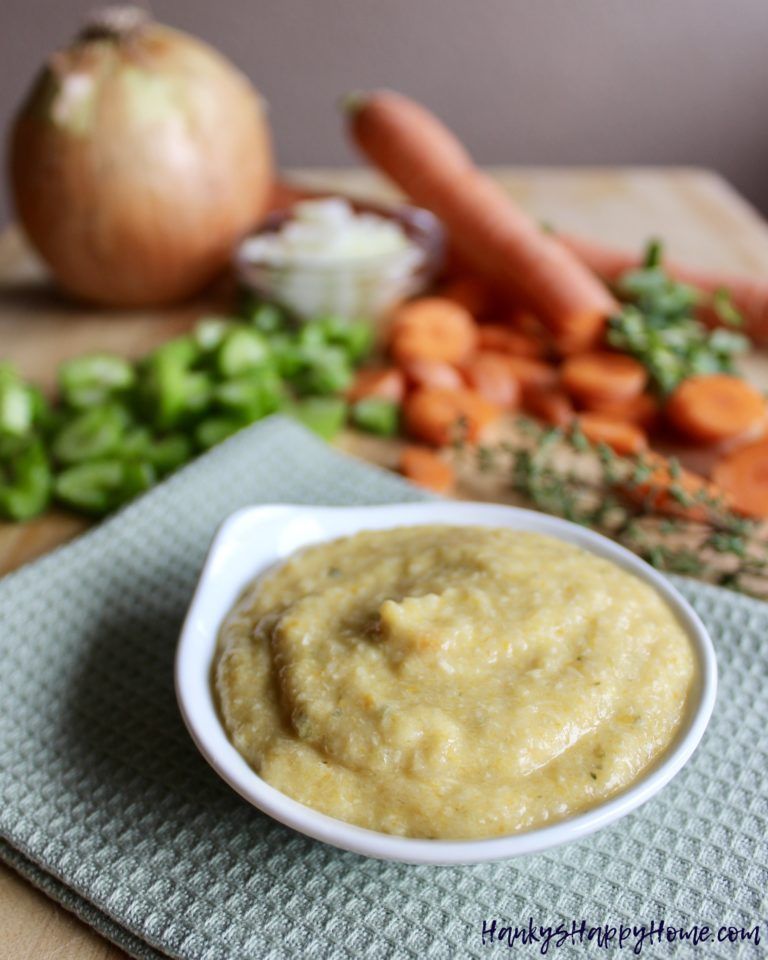 But as your little one moves on to finger foods, snacking, and eating what the family eats, be mindful that added sugars can be found in surprising places, such as in ketchup and soups.
But as your little one moves on to finger foods, snacking, and eating what the family eats, be mindful that added sugars can be found in surprising places, such as in ketchup and soups.
Limit junk food
Everyone knows that junk food is unhealthy, but the negative effects can be much more serious for babies. (Unfortunately, some classic kid foods actually qualify as junk. See our list of the worst foods for babies.)
That's because even a very small serving of sugary or salty junk food is likely to make your baby feel full, leaving less room for healthier food with the nutrients necessary for brain growth and development.
Does this mean you're a bad parent if you let your little one sample a french fry or gnaw on a corner of your chocolate chip cookie once in a while? No – just don't make it a regular habit because it could encourage your baby to develop a taste for extra sugary or salty foods.
Give your little one homemade food for babies
and for grown-ups"Homemade baby food" sounds daunting, but it's surprisingly easy and doesn't require a nutrition degree, gourmet cooking skills, or fancy equipment.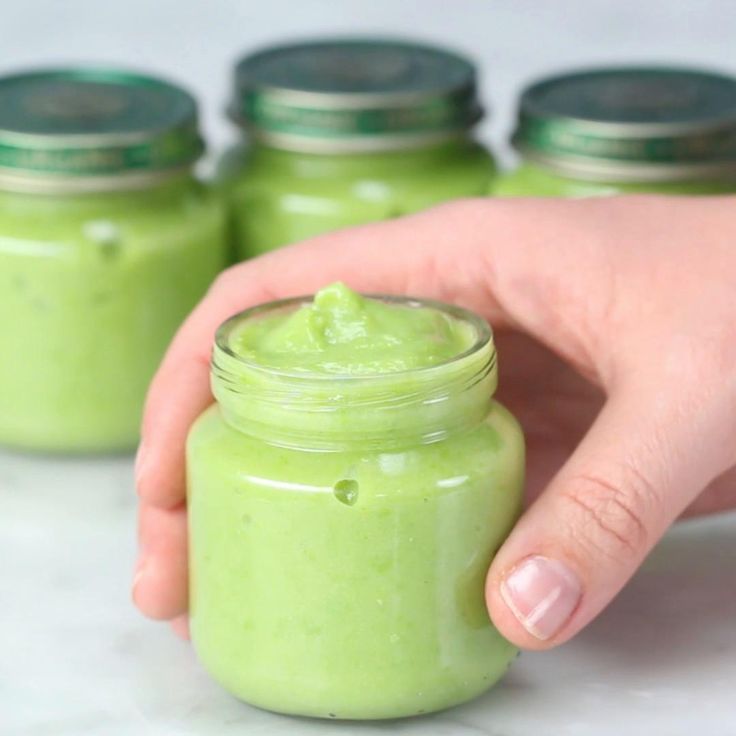 Making baby food can be as simple as mashing up a banana or avocado with a fork, squashing canned beans together with some garlic, or pureeing veggies steamed with spices.
Making baby food can be as simple as mashing up a banana or avocado with a fork, squashing canned beans together with some garlic, or pureeing veggies steamed with spices.
And as long as you're making something healthy, your baby can eat the same food you do – no need to make separate meals! Just use a blender, food processor, or baby food maker to make food the right consistency for your baby.
Or forget the purees altogether and try baby-led weaning: Place large, soft chunks of food on the table or highchair tray and let your baby feed themself.
"There's a lot of confusion when it comes to organics because there's no conclusive evidence that they're healthier than conventional foods," says dietitian and mom Jodi Greebel of New York. And there's conflicting evidence about whether pesticides and hormones in conventional foods are harmful.
"But the general feeling is that anything harmful will have a stronger effect on babies because of their small size – bad substances won't be as diluted as they are in an adult.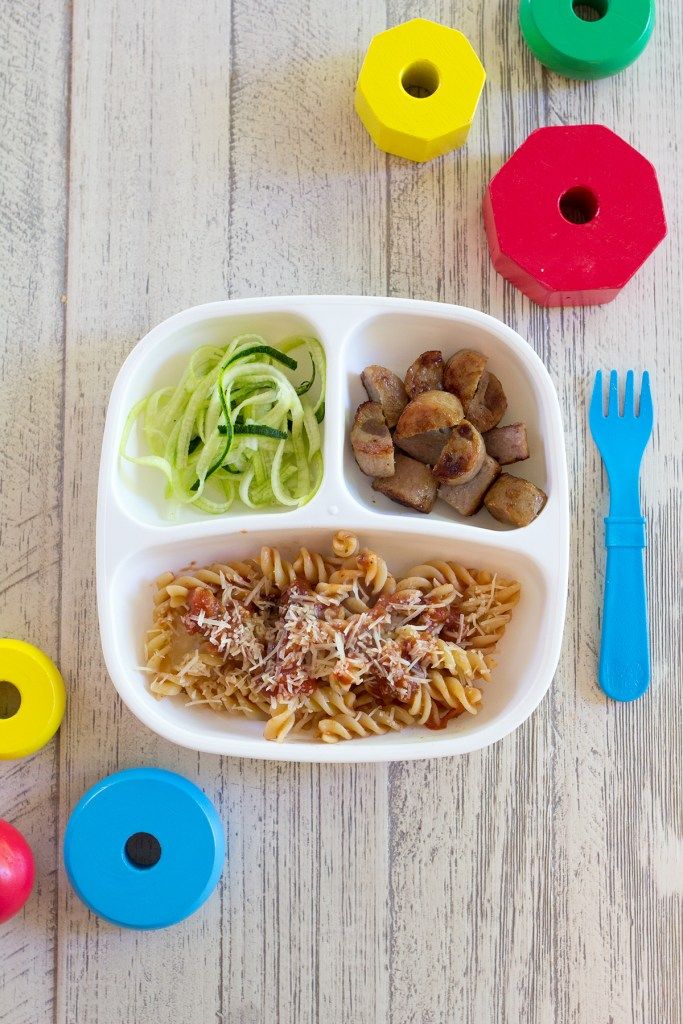 "
"
Some studies suggest a link between pesticide exposure and cancer as well as developmental problems in children, including attention deficit hyperactivity disorder and poor intellectual development. But the short-term and long-term effects of pesticide exposure are still poorly understood, and experts disagree on just how concerned parents should be. In deciding whether to feed your baby all, some, or no organic food, consider what works for your family and your budget.
The organic factor also matters more with some foods than others. For example, apples, spinach, and strawberries have the highest pesticide residue levels. On the other hand, sweet corn, cabbage, and avocados tend to have relatively low levels. The nonprofit Environmental Working Group ranks fruits and vegetables from best to worst in terms of pesticide residue.
You can also buy organic meat and poultry when possible, but keep in mind that conventional meat and poultry can still be free of antibiotics and hormones.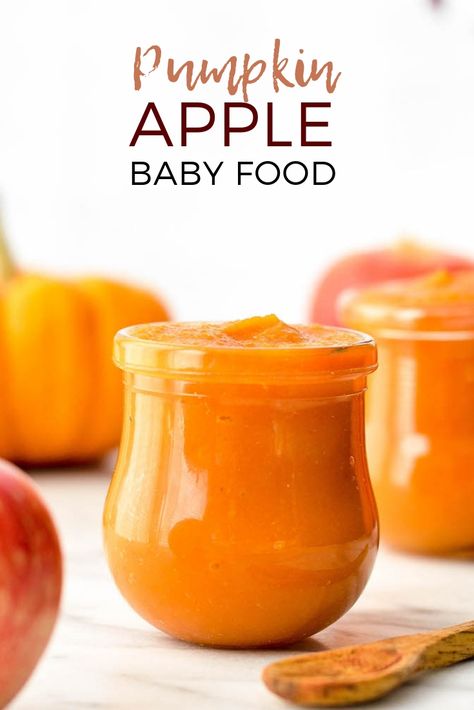 The federal government prohibits the use of hormones when raising hogs and poultry, so just check packages of beef for a label like "no hormones administered," and check meat and poultry products for labels indicating that no antibiotics were added. Visit the United States Department of Agriculture's website for more information about meat and poultry labeling terms.
The federal government prohibits the use of hormones when raising hogs and poultry, so just check packages of beef for a label like "no hormones administered," and check meat and poultry products for labels indicating that no antibiotics were added. Visit the United States Department of Agriculture's website for more information about meat and poultry labeling terms.
Whatever you decide, remember that general good nutrition trumps organics.
Expand your baby's tastes
Although consistency in everything from bedtime to discipline is a hallmark of sound parenting advice, a little inconsistency at mealtime can be a wonderful thing. Changing up the menu broadens your baby's palate and helps to ensure good nutrition, especially when it comes to produce. (For ideas to get you started, check out these experts' suggestions for adventurous first foods.)
Often this means heaving ourselves out of a well-worn food rut. Stuck on sweet potatoes? Shake things up with some steamed beets.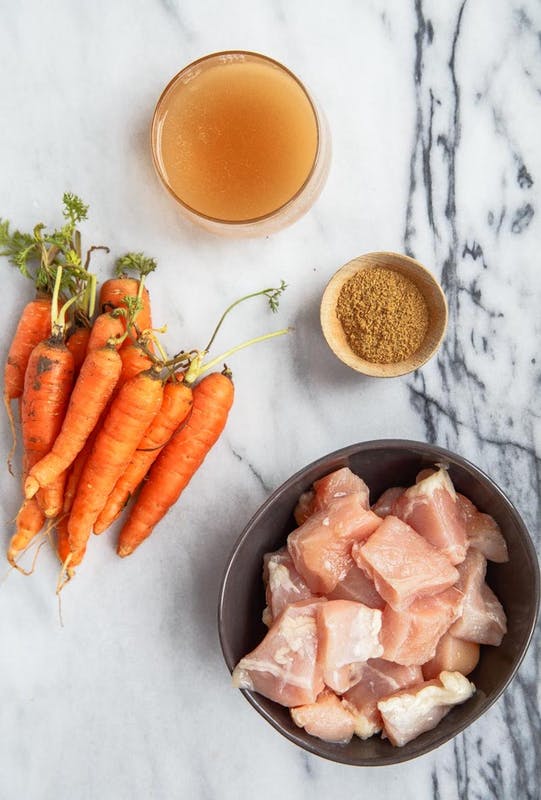 Smashed peas and carrots every night? Consider pureed brussels sprouts with a little lemon juice instead. Oat cereal overload? Try quinoa cooked in vegetable broth.
Smashed peas and carrots every night? Consider pureed brussels sprouts with a little lemon juice instead. Oat cereal overload? Try quinoa cooked in vegetable broth.
Feed your baby the necessary fats
Grocery store shelves are bursting with low-fat and nonfat products – should babies be eating these? Absolutely not. Fat is essential for babies' growth, and both breast milk and formula contain a lot of it.
Experts recommend serving babies full-fat dairy products, such as cheese and yogurt, until age 2.
But don't give your baby cow's milk to drink until after their first birthday. At that point, serve whole milk (unless the doctor tells you otherwise).
The unsaturated fat in avocado makes it another wonderful choice for your baby, and the same goes for salmon and other fatty fish because they contain essential fatty acids, including omega-3s.
Offer rejected foods again – and again
When it comes to sampling new foods, babies make harsh critics. Offer a mouthful of your famous pureed green beans with dill, and your baby may swallow it reluctantly – or spit it out and push your hand away, mouth clamped shut.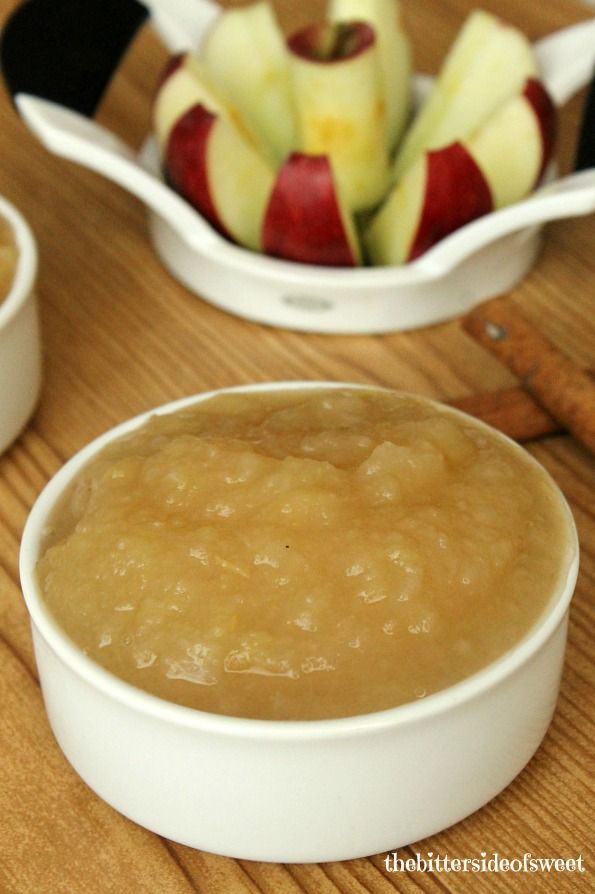
Don't force the issue. For one thing, your baby may just not be hungry. Babies' appetites fluctuate, and they need less food than many of us think.
On the other hand, your baby might be turned off by the look, smell, or taste of a food. This doesn't mean you should ban it from your table permanently. If you keep trying, your baby may begin to tolerate that new food after you expose it to them a few times.
So although it can be frustrating to watch your baby reject the food you've lovingly prepared, take a deep breath and try again another day.
Demonstrate the joy of eating
"Dining with one's friends and beloved family is certainly one of life's primal and most innocent delights," Julia Child famously said.
Enjoying your food is the most meaningful thing you can do to foster a similar appreciation in your little one. Babies watch their parents and model them, so experiment with different flavors and new foods. Let your baby see you eating and savoring lots of different healthy foods.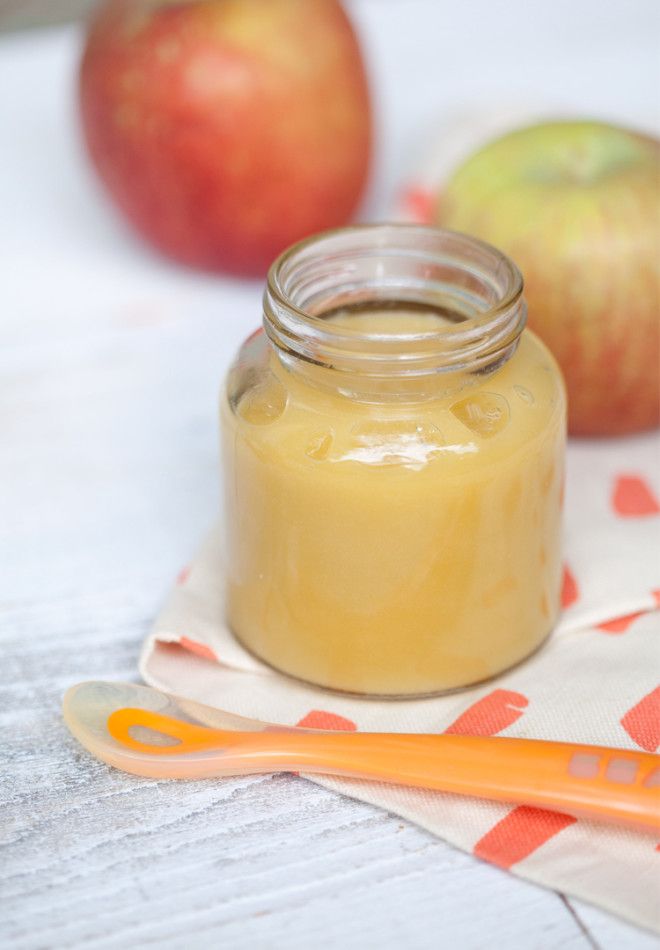 If you enjoy the simple pleasure of eating good food, chances are your baby will too.
If you enjoy the simple pleasure of eating good food, chances are your baby will too.
Unfortunately, it's also easy to become frustrated and stressed about your baby's eating habits. Their fickle appetite, your concern about whether they're eating enough, and the sheer messiness can conspire to turn feeding time into a chore – or even an outright battle.
It doesn't have to be this way. There are several things you can do to make mealtime an enjoyable experience. First, make sure you have enough time so that you aren't hurrying your baby's meals. And hard as it is, accept the mess as a given – letting babies play with their food is actually good for them. They're learning about new tastes and smells while they're playing, and they're learning that eating can be fun.
To make cleaning up easier, put a splat mat under your baby's highchair. On warm days, consider letting your baby dine topless to lighten your laundry load. And take comfort in knowing that everything is washable, including your baby.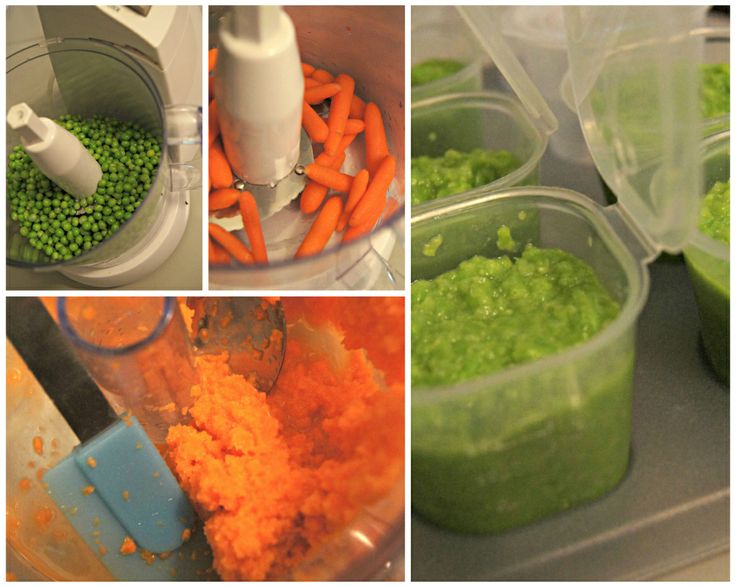
Adding Spices and Herbs to Baby Food
All Posts, by Date » Learn » Adding Spices and Herbs to Baby Food
Baby food doesn’t have to be bland, liven up your babies’ food and expand their palates by experimenting with a range of spices and herbs. Increasing babies’ taste buds in this way helps to cultivate adventurous and healthy little foodies.
Herbs and spices provide our foods with a multitude of flavours, fragrances, and colours. However, many parents worry about adding flavour this way to their babies’ food, believing that spices are hot and not suitable for little ones’ taste buds.
There is a big difference, however, between hot spices and aromatic ones. Aromatic spices, along with a range of different herbs, are perfect for adding to baby food.
This guide explains when to start adding spices and herbs, the benefits of adding them and gives some ideas on how to start introducing them to your baby.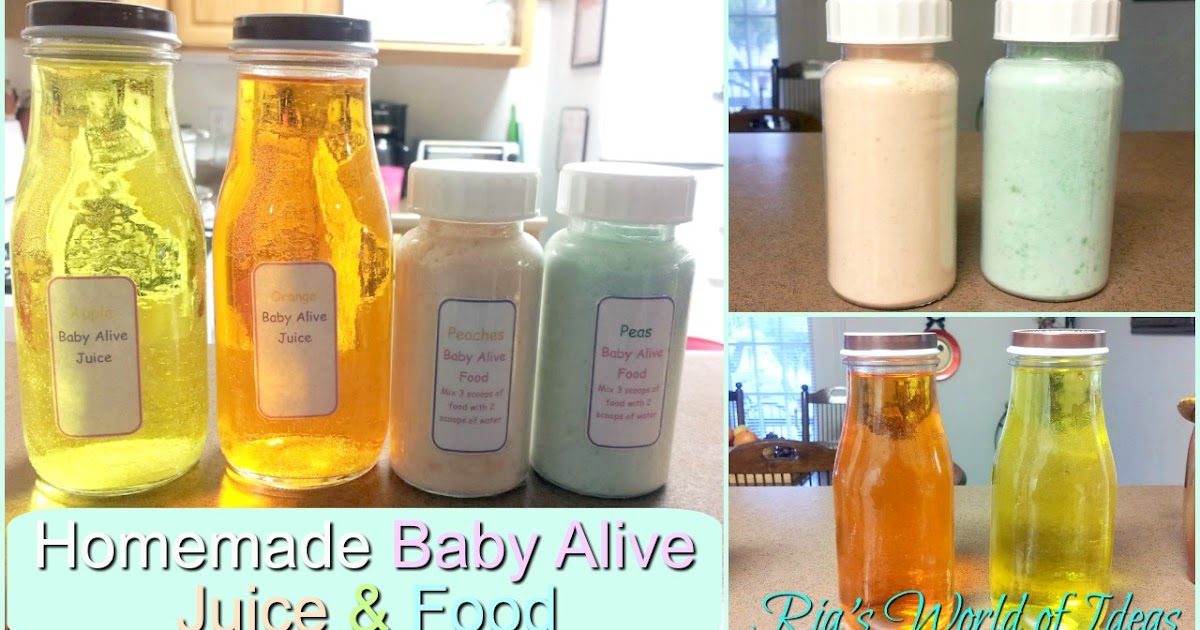
I always encourage parents who are just starting weaning their babies, either by purees or baby-led, to experiment with herbs and spices from the beginning. As salt and sugar should be avoided before one, adding a little spice and/or herbs is a great way to add flavour to baby food.
Breastfed babies are often introduced to a variety of spices even before starting solids. Breast milk can change its flavour, depending on a mum’s diet. If Mum enjoys spicy and flavoursome food, then her baby will be exposed to this through her milk, helping create and develop a taste for flavoured foods.
Benefits of Introducing Spices and Herbs at an Early Age- As salt should be limited in baby food, spices and herbs are a good way to flavour food.
- Allows babies to get used to a range of flavours at a time when they are willing to experiment with taste.
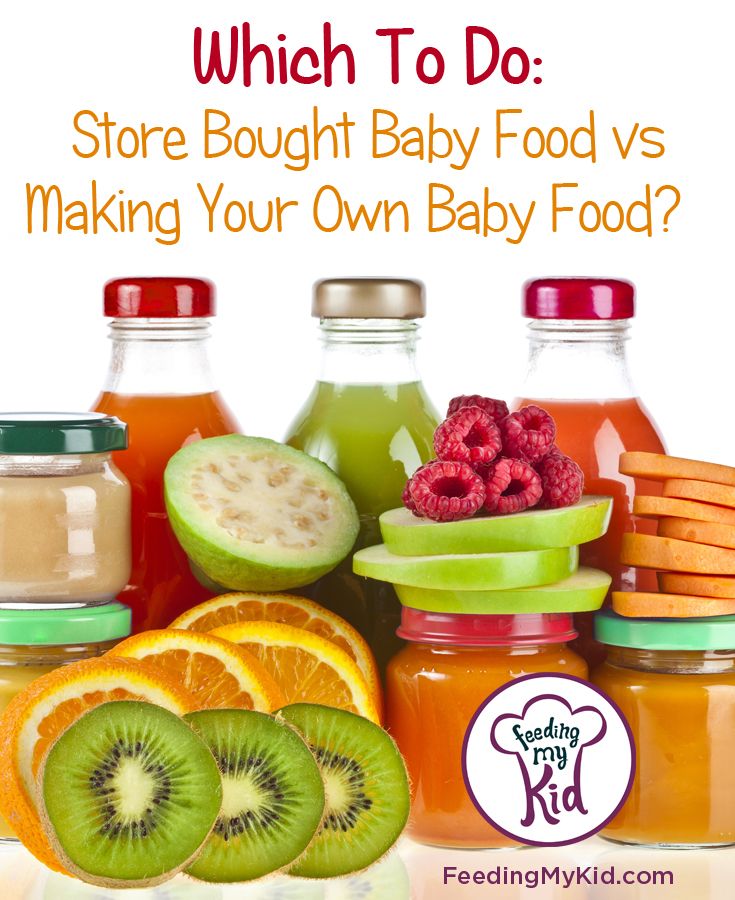
- Teaches babies to expect change with food.
- Helps babies transition to family food, as your baby will be familiar with those tastes and more likely to accept them.
- Provide certain health benefits. Read more here!
Begin with herbs and aromatic spices like cinnamon, turmeric, nutmeg, cardamom, cumin, coriander, clove, smoked paprika, mint, basil, dill and rosemary.
This is just a few ways to get you started spicing up your baby’s food…
CINNAMON – Cinnamon has warm, sweet and spicy notes and adds delicious flavour to sweet and savoury meals. Try adding it to apple puree, banana, sweet potato puree, fruit compote & yoghurt, muffins, porridge and stews.
SMOKED PAPRIKA – One of our favourites! Smoked paprika has a sweet rich smokey taste. Try adding to sweet potato, carrots, chicken, fish, lentils, paella, chilli and eggs.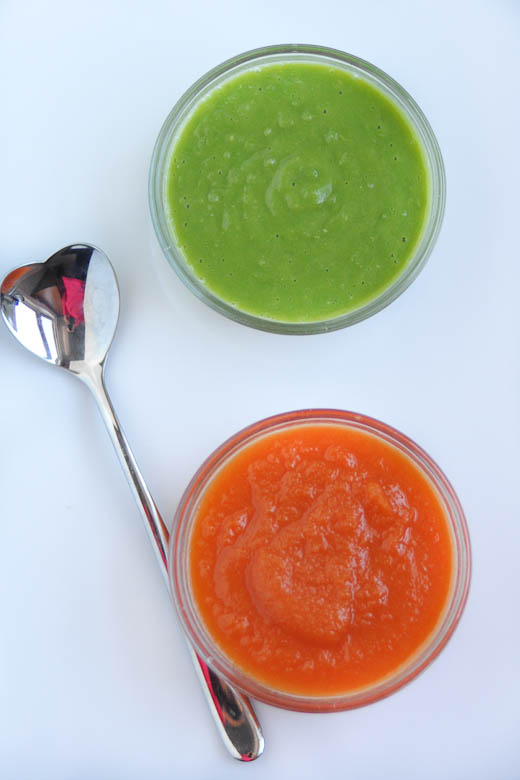
CARDAMOM – Green cardamom (our preferred choice) has a floral, minty, peppery taste and works well in both sweet and savoury dishes. Try adding it to pear puree, carrot puree, chicken, porridge, muffins, banana bread,
TURMERIC – Turmeric has a mild fragrance and warm slightly bitter notes. Try adding to lentils, eggs, porridge, cauliflower puree, curries and stews.
CUMIN – Cumin has a nutty, peppery, earthy flavour that pairs well with meats and vegetables. Try adding it to carrot puree, cauliflower puree, lamb, chicken, stews, curry and chilli.
NUTMEG – Nutmeg has a warming sweet and peppery flavour. It is lovely in sweet baking but also with creamy savoury dishes. Try adding it to muffins, stewed fruit, bechamel sauce and pasta bakes.
MINT – Mint is aromatic and fresh with a sweet cooling flavour.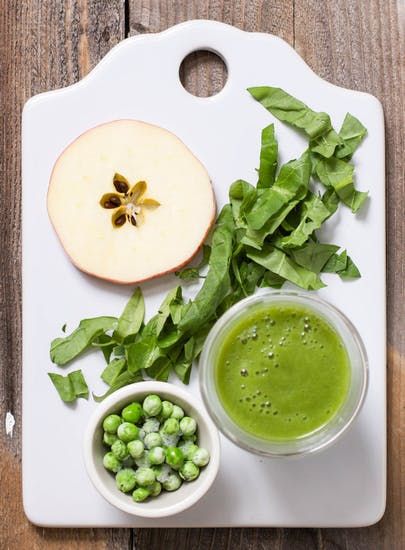 Great for adding to both sweet and savour purees, combines well with many vegetables such as new potatoes, tomatoes, carrots and peas and adds fresh flavour to fruits.
Great for adding to both sweet and savour purees, combines well with many vegetables such as new potatoes, tomatoes, carrots and peas and adds fresh flavour to fruits.
OREGANO – Oregano is very aromatic with slight earthy, green bitter notes, it is very popular in Mediterranean cooking. Try adding it to veggie purees, roasted vegetables, eggs, pasta sauces, or pizza.
ROSEMARY – Rosemary has a piney aroma and a distinctive sharp flavour. It is very strong and you only need a little. It gives a lovely flavour to purees, savoury dishes and even sweet baked goods. I love how it has been used in this roasted banana and rosemary puree.
BASIL – Basil has a light herbal bouquet that complements a wide variety of foods. Try it in baby purees, or puree it on its own for a fragrant, healthy sauce perfect for you and baby. It’s one of the primary ingredients in pesto – so why not try our Homemade Basil Pesto recipe for a delicious finger food dip for your little one
Tips for Using Spices and Herbs- Take Care of Your Spices – Store spices in airtight containers away from light and heat.
 Whole spices will keep for around 1-2 years but after around six months, ground spices will start to lose their aroma and flavour. So buy in small amounts and use often!
Whole spices will keep for around 1-2 years but after around six months, ground spices will start to lose their aroma and flavour. So buy in small amounts and use often! - Dried herbs should also be stored in airtight containers in a cool, dark, and dry space.
- Spice Blends – Always read the packaging when using spice blends (as they often have added sugar and salt), try making your own blends.
- Start with small amounts – Use small amounts to start with to allow your baby to get used to different flavours. You don’t want to overpower the food. Start out by adding just a pinch.
- Prepare fresh leafy herbs properly – Wash fresh herbs and then puree or finely mince before adding to baby food.
- Don’t give up – if your baby rejects the flavour of the spices/herbs just remember that it can take up to 10-20 exposures for a new flavour to be accepted.
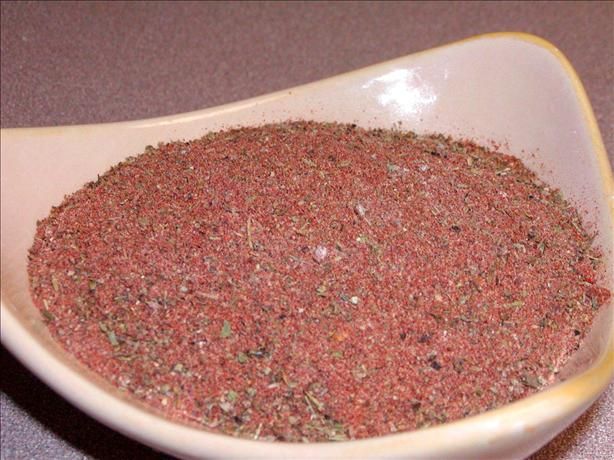
Recipes to Try
Spiced Meatballs
Lamb mince, spices & spinach are mixed together and then formed into balls to make theses deliciously spiced meatballs.
Check out this recipe
Cinnamon Apples
Apple wedges pan-fried in a little coconut oil and a good shake of cinnamon.
Check out this recipe
Sweet Potato Chickpea Curry
A deliciously spiced vegetarian curry, ideal for kids. The sweet potato adds a delicious sweetness that complements the spices perfectly.
Check out this recipe
Meet Amy
Amy Whiteford runs the blog Healthy Little Foodies. She is a mum to two, has a BSc (Hons) Food Science, PGDE Primary Education and a Certificate in Childhood Nutrition. She uses her experience and knowledge to create healthy and delicious recipes for kids.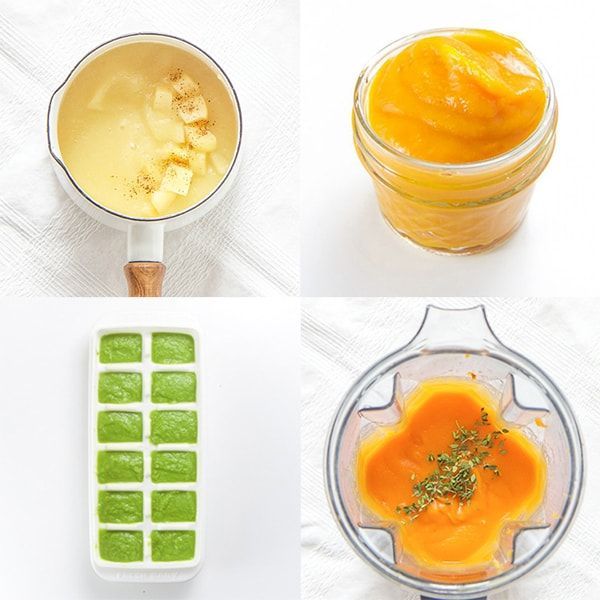 Explore the site for creative ideas, tips, and inspiration! Read more
Explore the site for creative ideas, tips, and inspiration! Read more
How to raise a Healthy Little Foodie
Receive family friendly recipes, delivered weekly to your inbox, for FREE! And receive this FREE ebook - "How to Raise a Healthy Little Foodie"
Reader Interactions
Homemade baby puree: recipes
Homemade fruit and vegetable puree: cooking secrets
Vegetable and fruit puree often becomes the first meal of the baby after breast milk or formula, so many mothers prefer to cook it on their own. Although modern manufacturers convince us that baby food is devoid of preservatives and harmful additives, fresh vegetables and fruits are much healthier, especially when it comes to infant nutrition. Yes, and cooking baby puree at home is not so difficult.
Vegetables or fruits?
Let's try to make baby puree for our beloved baby. Despite the fact that pediatricians of the last century recommended starting complementary foods with fruits, it is better to first introduce the child to vegetables - modern doctors and nutritionists have come to this conclusion.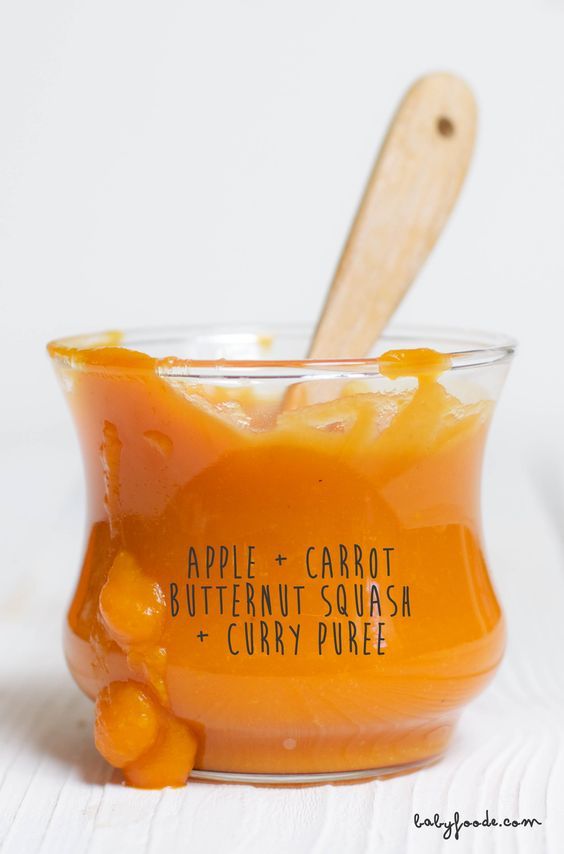 Boiled vegetables do not irritate the gastrointestinal tract, are better absorbed, satisfy hunger, do not cause allergies and increased gas formation. In addition, vegetables do not contain fructose, which irritates the pancreas. And one more weighty argument in favor of the fact that it is better to start with vegetables - fruits are tastier, and if the baby tries them first, he will refuse vegetables, because they will seem to him more insipid.
Boiled vegetables do not irritate the gastrointestinal tract, are better absorbed, satisfy hunger, do not cause allergies and increased gas formation. In addition, vegetables do not contain fructose, which irritates the pancreas. And one more weighty argument in favor of the fact that it is better to start with vegetables - fruits are tastier, and if the baby tries them first, he will refuse vegetables, because they will seem to him more insipid.
How to prepare baby vegetable puree
What can baby puree be made of? The ideal puree for the first feeding is from cauliflower or zucchini. A little later, you can introduce pumpkin, broccoli, carrots, potatoes and green peas. Before cooking, vegetables are washed well, peeled, cut into pieces and cooked - steamed, in the oven or in the usual way, in water. The first two methods are preferable because oven roasting and steaming preserve the vitamins, minerals, nutrients, and natural color in the vegetables. And most importantly - such vegetables are much tastier. Some nutritionists recommend boiling vegetables with their skins on before peeling them, so choose your own cooking method.
Some nutritionists recommend boiling vegetables with their skins on before peeling them, so choose your own cooking method.
If you do have to cook vegetables in a saucepan, use an enamel pot, add less water and put the vegetables in boiling water. Boil until soft, but do not overcook vegetables and fruits, otherwise they will become tasteless and lose a lot of vitamins. Ready vegetables are chopped with a blender until smooth and slightly diluted with water, vegetable broth, breast milk or mixture to a gruel state, since the child does not yet know how to digest thick food. Small pieces of vegetables in puree sometimes cause the baby to refuse to eat, so the knives in the blender should be well sharpened, and if there is no technique, you can grind the vegetables through a sieve. Salt and spices are usually not added to baby vegetable puree, and if the baby is more than 6 months old, you can put a little butter in the puree.
A few rules for making baby puree at home
- Use only fresh vegetables and fruits.
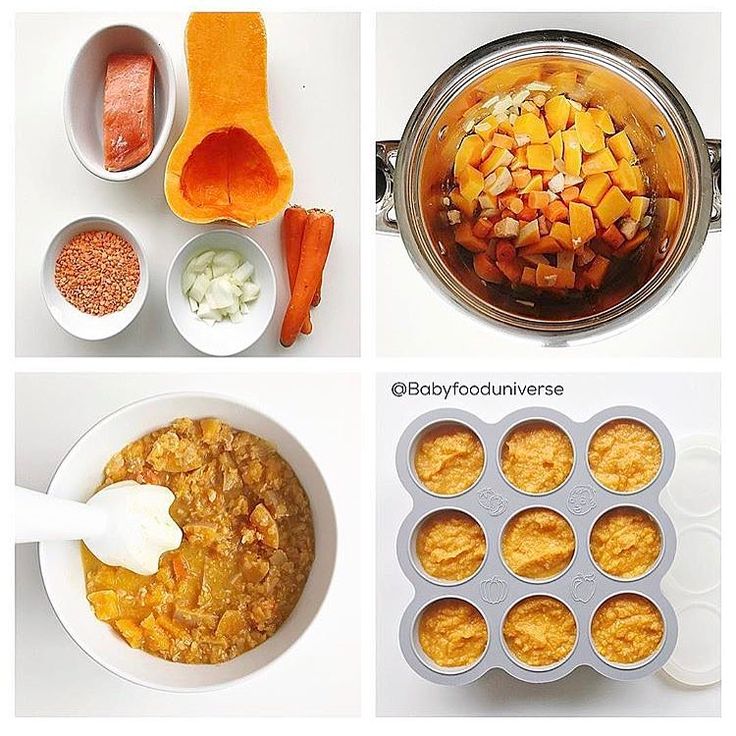
- Water for cooking vegetables must be filtered or bottled.
- If you are using frozen foods, choose only whole fruits and vegetables as they retain the most nutrients.
- All utensils for preparing baby food should be perfectly clean, so if the knife falls on the floor, it should be washed well. Also, the presence of pets in the kitchen during the cooking process is not allowed.
- Avoid vegetables and fruits high in nitrates, such as spinach, lettuce, beets, melons, and watermelons, in infants' diets.
- Store-bought vegetables are recommended to be soaked in water to remove nitrates: 1-2 hours for this, up to 24 hours for potatoes.
- Mix sour-tasting fruits and berries with sweet fruits - for example, blackcurrant goes well with a banana or pear. Sour puree is unlikely to please the baby.
- Give your child only fresh food, but yesterday's puree from the refrigerator is better to eat yourself.
DIY fruit puree for children
Children are more likely to eat fruit puree, because fruits are tastier and sweeter.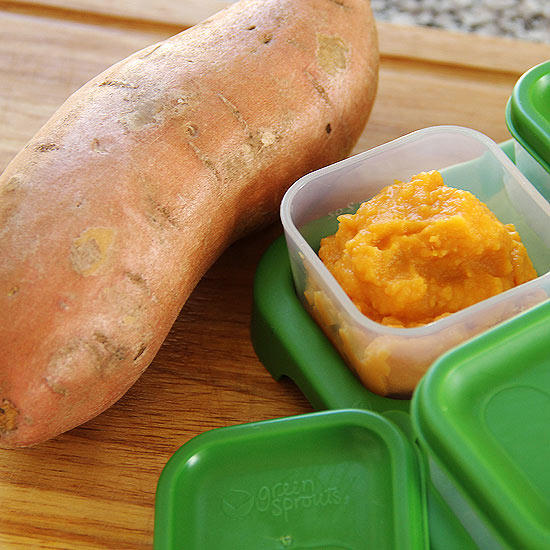 Fruits contain a large amount of vitamins, minerals, trace elements, fiber and antioxidants, so they are very useful for a growing body. However, fruits are strong allergens, especially berries, bananas, pomegranates and apricots, so they should be given with caution, watching the child's reaction. The most low-allergenic fruits are apples and pears, so it is better to start complementary foods with them, and then introduce all other fruits. First, the baby is fed with a one-component puree made from only one product, and then you can mix different vegetables and fruits, and not only among themselves. Very tasty combinations of fruits and vegetables, such as apples and zucchini, pumpkins and pears.
Fruits contain a large amount of vitamins, minerals, trace elements, fiber and antioxidants, so they are very useful for a growing body. However, fruits are strong allergens, especially berries, bananas, pomegranates and apricots, so they should be given with caution, watching the child's reaction. The most low-allergenic fruits are apples and pears, so it is better to start complementary foods with them, and then introduce all other fruits. First, the baby is fed with a one-component puree made from only one product, and then you can mix different vegetables and fruits, and not only among themselves. Very tasty combinations of fruits and vegetables, such as apples and zucchini, pumpkins and pears.
Fruits must be of good quality, without damage, ripe and juicy, and the rules for preparing fruits do not differ from the rules for cooking vegetables. Naturally, fruit puree is not sweetened with honey and sugar - the later the child learns the taste of sugar, the stronger his health will be.
Aromatic pumpkin puree
Babies love to eat pumpkin because of its pleasant sweet taste, besides pumpkin is very healthy. It contains a whole storehouse of various vitamins, including vitamin T, which normalizes the metabolism in the body. For pumpkin puree, small pumpkins are suitable, since large fruits are not as tasty and difficult to peel.
Cut the pumpkin in half, and then into small slices, one or two of which (depending on the appetite of the crumbs) cut into cubes. Boil the pumpkin in a double boiler or in water for 20 minutes, while warm, beat with a blender to a smooth puree and dilute if necessary with water or a mixture. Add oil and salt depending on the age of the child.
Gentle Broccoli Puree
One of my favorite homemade baby puree recipes is broccoli. This cabbage is extremely useful because it contains potassium, iron, calcium and other valuable substances. It has much more vitamin C than lemon, and the reason for its nutritional value is its high protein content.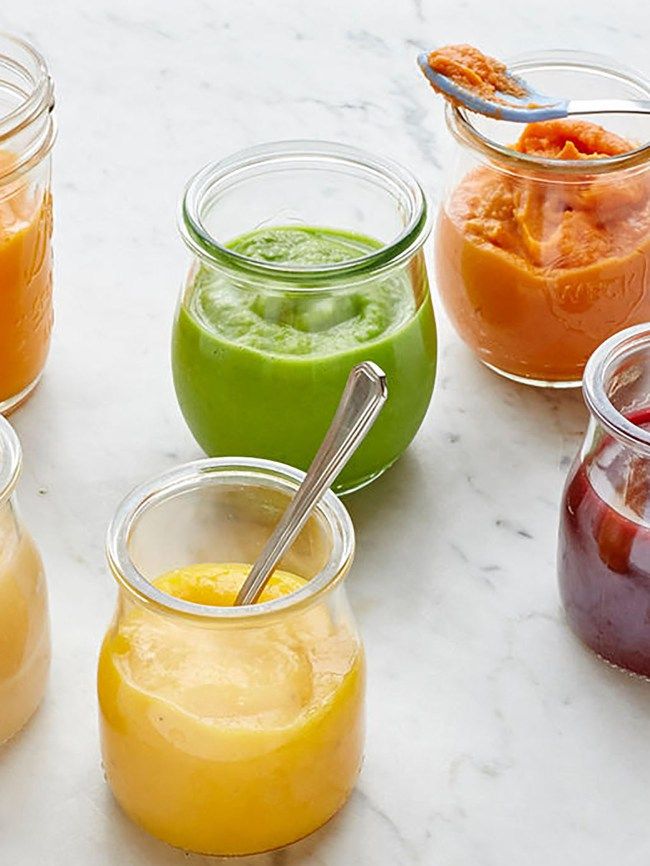
Separate the broccoli into florets, wash thoroughly and steam for 20 minutes. Cabbage cooks faster in water - fresh broccoli will take 7 minutes, and frozen - about 15 minutes. Broccoli puree does not need much water, it should lightly coat the vegetables. After the cabbage becomes soft, chop it in a blender or pass through a sieve. If you're mashing for kids older than a year old, be sure to add butter - the little ones will gobble up broccoli on both cheeks!
How to make baby pear puree at home
Pear is a very delicate, tasty and healthy fruit that rarely causes intolerance. In addition to the high vitamin value, the pear has other beneficial properties - it facilitates digestion and removes toxins from the body.
For baby food, choose green pears to reduce the risk of allergies, which are rare among babies. Peel the fruits from the peel and core with seeds, and then stew the pear in a bowl with a thick bottom in a small amount of water for 15 minutes.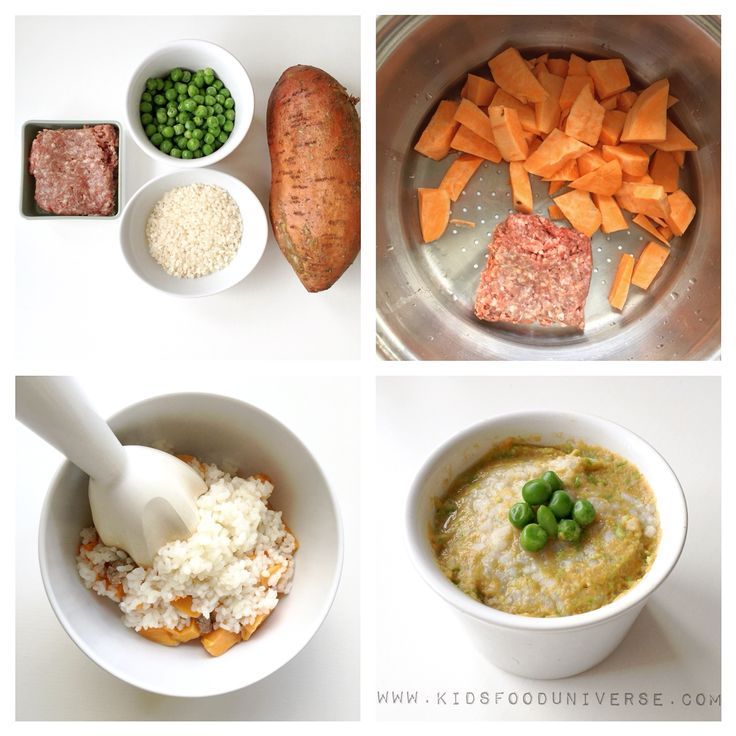 Let the pear cool slightly and puree it in a blender with a little of the remaining pear broth. For large kids, fruits can not be boiled, but add half a teaspoon of natural honey to the puree.
Let the pear cool slightly and puree it in a blender with a little of the remaining pear broth. For large kids, fruits can not be boiled, but add half a teaspoon of natural honey to the puree.
Zucchini and apple puree
Little gourmets will love this delicious puree, besides, zucchini is considered the most hypoallergenic vegetables, which, due to their high potassium content, have a beneficial effect on the heart. Apples contain iodine, iron and phosphorus, and due to the high concentration of vitamin C, apples help in the prevention of colds and viral infections.
Wash the zucchini and apples well, de-seed them, cut into pieces and cook in a saucepan for about 20 minutes, considering that the zucchini will cook 5 minutes faster. By the way, apples are steamed for 15 minutes, zucchini - 10 minutes. Next, vegetables and fruits are chopped in a blender, mixed and brought to a boil. For allergic children, this is the best side dish!
Exotic mango
Sometimes you can pamper your baby with exotic fruits - for example, make mango puree. This is a very delicate fruit with an original taste, containing 12 amino acids and improving sleep.
This is a very delicate fruit with an original taste, containing 12 amino acids and improving sleep.
Choose only ripe fruits that are soft and reddish-yellow in color. Peel the mango from a thick skin and a large bone, put the pulp in a blender, add 2 tbsp. l. water and mash it, and then heat it in a saucepan for several minutes. For a baby up to a year old, it is better to give mashed potatoes with heat treatment to facilitate digestion, and older children can be fed raw mangoes.
Carrot and Potato Puree
Make normal potato puree without oil. Peel the carrots, grate them and stew them with butter and vegetable broth - about 1 tsp is required for 200 g of carrots. butter and 150 g of broth. When the carrot becomes very soft, wipe it through a sieve, and then put it on a plate, put mashed potatoes on the second half. Let the child choose whether to mix two types of puree for him or eat separately!
Pumpkin and apple puree
This sweet, sugar-free pumpkin-apple puree, cooked in a double boiler, is suitable for children who are already accustomed to “adult” food and are able to perceive a new unusual dish.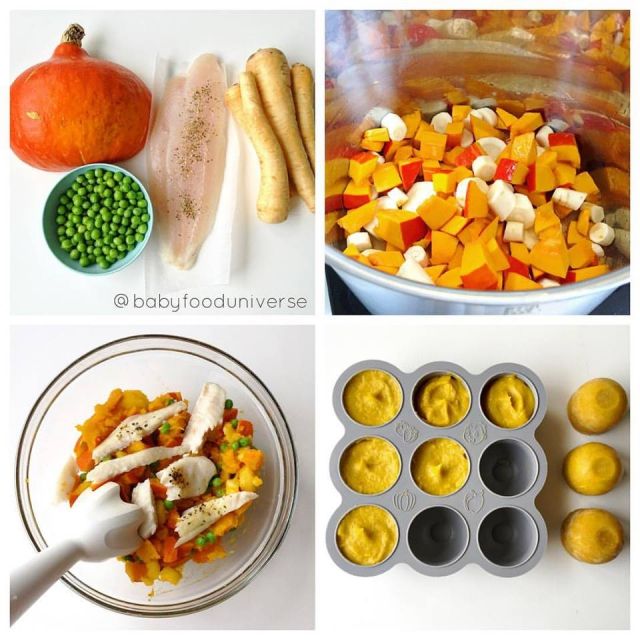 It is better to take a pumpkin with a gray or green skin and with bright pulp - such fruits contain more vitamins and other useful substances. Apples are green because they have fewer allergens.
It is better to take a pumpkin with a gray or green skin and with bright pulp - such fruits contain more vitamins and other useful substances. Apples are green because they have fewer allergens.
Cut pumpkin and apple flesh without peel or seeds into pieces, place in a steamer and cook for 20 minutes. Grind pumpkin, apples and raisins in a blender or by hand with a pusher if the child has already learned to chew. They say that this puree is very good for skin and hair, and you can check the truth of this statement yourself if you start feeding this dish to your baby.
In autumn, you can take care of preparing vegetables for baby purees. Some vegetables, such as pumpkin, carrots and apples, are stored fresh, and zucchini, broccoli, berries are frozen in small portions, because due to frequent freezing and thawing, vegetables lose vitamins and become tasteless. You can roll up fruit and vegetable puree in jars, but this snack should not be given to babies. Remember that the taste of vegetables determines whether the baby will love them in the future, so try to prepare an appetizing and tender puree - for health and good mood!
How to cook baby food - Encyclopedia Baby food
Viktoria Levchuk© Broccoli, zucchini and cauliflower puree Taking care of your child's health in today's world means starting complementary foods right with whole, healthy foods prepared with love.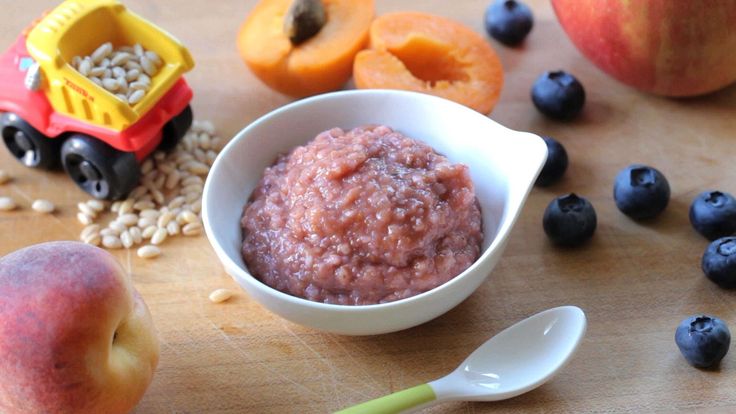 Most mothers will immediately ask how to prepare baby food that is of high quality, easily digestible and tasty.
Most mothers will immediately ask how to prepare baby food that is of high quality, easily digestible and tasty.
Canned food can sometimes seem easy to feed a baby, but when you start reading the ingredients of each tiny can (not to mention the cost of each can), it makes more sense to try your hand at making homemade baby food yourself.
When you think about how to prepare baby food, it seems so complicated. However, everything is much easier. In fact, baby food is the easiest recipe to prepare. Many mothers who hate to cook learn how to cook with healthy complementary foods for their beloved child.
Let's start with a few practical tips on what you need, what products to choose and what else to keep in mind to make the process as easy as possible.
Contents:
So, how to prepare baby food? Simple - choose a fruit or vegetable that needs to be introduced into complementary foods, cook until tender, make a smooth puree and voila ... a batch of baby food is ready.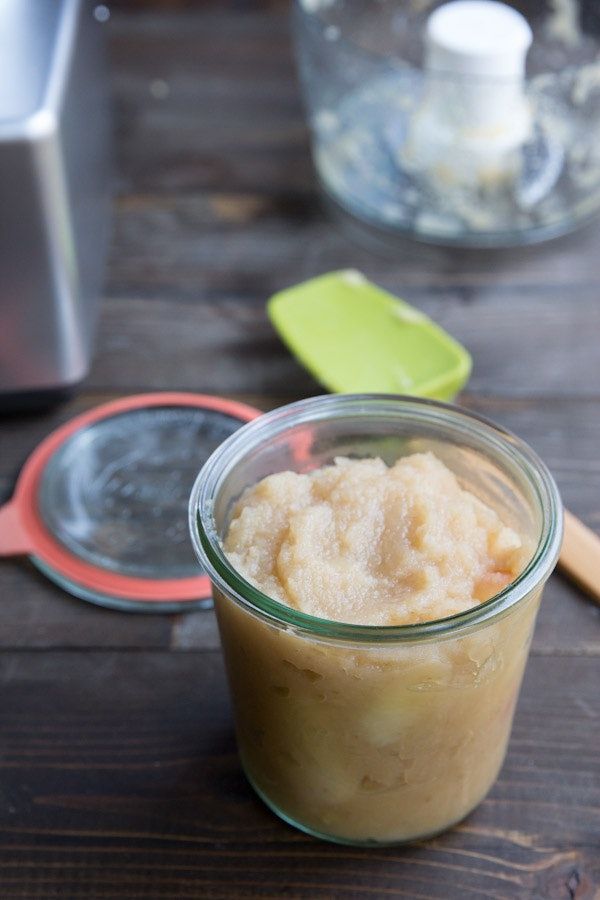 And now to the details, the following tips will teach you how to cook baby food in no time.
And now to the details, the following tips will teach you how to cook baby food in no time.
1. Buy the right tools
-
Blender
This “devil machine” is the best assistant in the kitchen. Only a blender can bring fruits, vegetables, grains, meat and other products to the ideal consistency. During the first few months, solid foods are made smooth and tender without lumps so that the baby's digestion slowly gets used to the complex textures.
-
Stainless saucepan
Good, regular dishes will always be washed. The first experiments burn, stick and are almost not washed off. Buy one good quality baby food pot. I have never regretted in 6 years. She washes with a brush, dishwasher, iron brush and she is still like new. We choose high-quality, stainless dishes, small up to 1 liter, with a good handle and lid. I have a lid with heat protection, I can take it with my bare hands, it is not hot, and neither is the pen.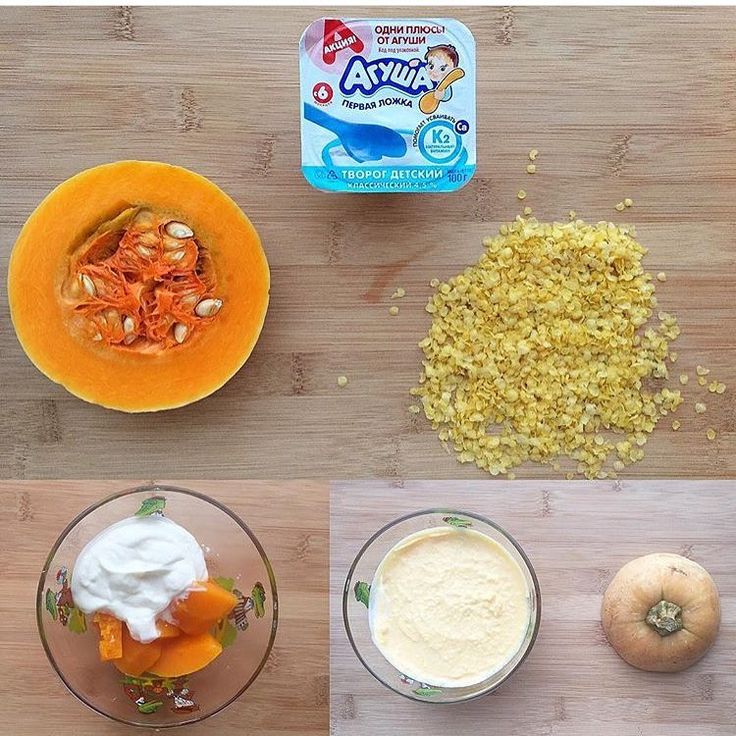
-
Baby food freezer tray with lid
One good plastic or flexible silicone tray will last a long time. Moreover, it is needed for the first 4-6 months; you will not need to freeze baby purees anymore. You can buy without a lid, but then you have to suffer from bags, as baby purees love to absorb odors from the freezer. During meals, portions can be diced and heated in the microwave before serving.
freezer mold-
Food thermometer
Many new mothers are advised to buy a food thermometer. I didn't buy. My wrist was an indicator, always, if I'm hot, then the child will be very hot. But for speed and convenience, a food thermometer comes in handy to make sure the food is at the right temperature for small mouths.
-
Steamer or multicooker
A modern kitchen cannot do without these devices, because it is easier and more useful for us.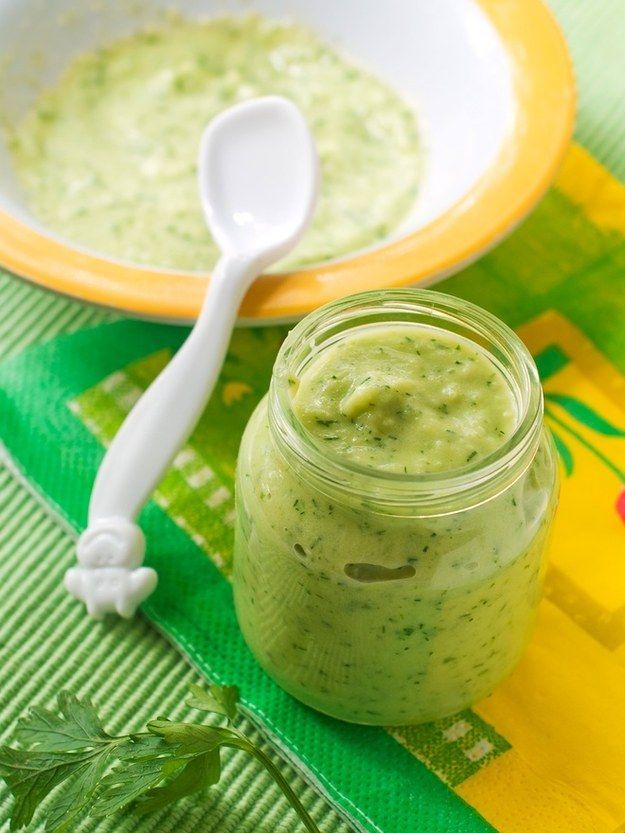 In principle, a slow cooker will always help out when you need to cook porridge, and a double boiler - a lot of vegetables and fruits. These tools always help out, save the time of an eternally busy mother. I advise!!!
In principle, a slow cooker will always help out when you need to cook porridge, and a double boiler - a lot of vegetables and fruits. These tools always help out, save the time of an eternally busy mother. I advise!!!
2. Choose Your First Foods Carefully
Choose fruits and vegetables for your first weaning foods that are rich in nutrients. Brightly colored vegetables are fresh vegetables. For the first feeding, foods such as broccoli, zucchini, zucchini, pumpkin are suitable, they are rich in vitamins, and at the same time look attractive. Fruits such as apple and pear can be introduced from about six months of age and are also very rich in vitamins, such as blueberries and peaches.
It's a good idea to talk to your doctor about which foods to introduce first and what is the best age to start complementary foods (this can be between four and six months) and don't forget to start with one.
We offer the child the same food for four days - if any signs of allergy appear, the mother will immediately notice it.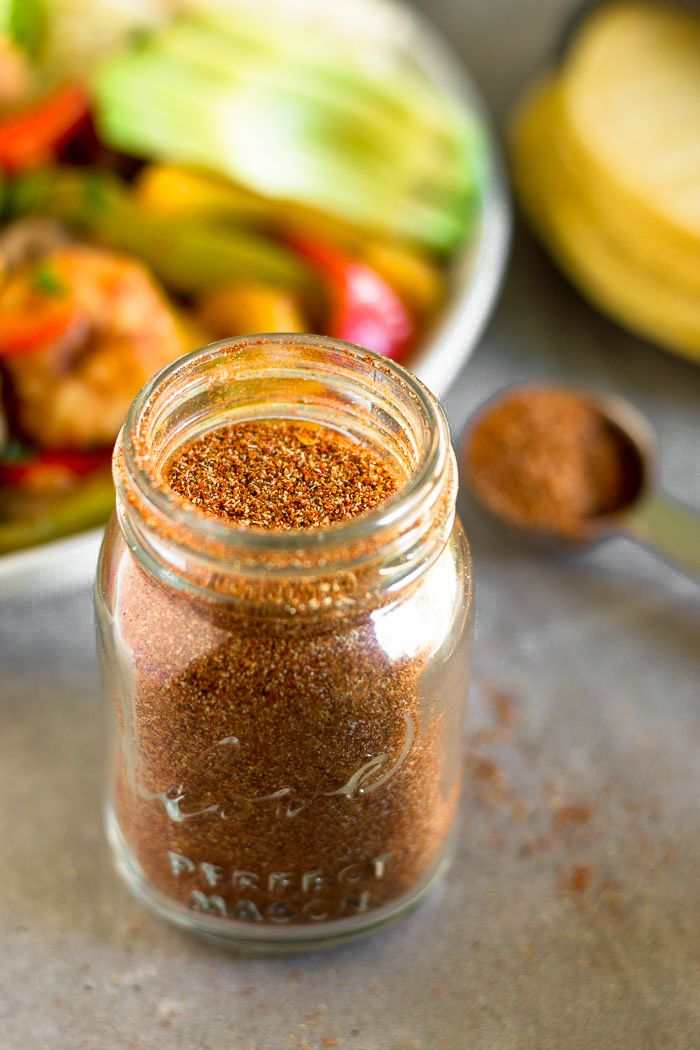
3. Safety first
Making homemade baby food is a convenient way to provide your baby with a healthy diet free of additives and preservatives.
Preparing and freezing small batches of food in advance makes the task much easier. However, do not forget to throw away any food that has been touched with a used feeding spoon, food that has already been reheated, and food that has been in the freezer for too long. At first, it is recommended to keep frozen baby puree for no more than 1 month in the freezer.
Children's dishes can be washed in the dishwasher, the only thing you have to do is choose a cleaning agent for children. If there is no dishwasher, then wash the dishes under hot water, at first you can pour boiling water over before use.
Food should always be warm, but not hot. If there is no thermometer, we measure the temperature of the food with the back of the wrist before serving.
Avoid food or utensils that contain harsh chemicals that can react in microwaves or ovens and always keep your hands clean before handling any food.